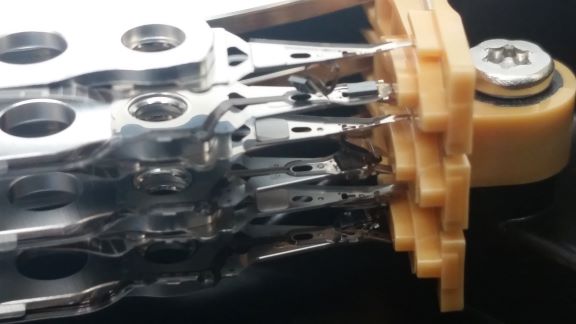Memory card degradation refers to the gradual deterioration in the performance and reliability of a memory card over time and eventually, all memory cards will degrade to the point of failure.
Several factors can contribute to memory card degradation:
- Write and Erase Cycles: Memory cards have a finite number of write and erase cycles. Each time you save or delete data on the card it undergoes a write or erase operation and, as you repeatedly write and delete data, the memory cells can wear out.
- Temperature and Environmental Conditions: Extreme temperatures, humidity, and exposure to moisture can affect memory card performance. High temperatures can accelerate degradation, while extreme cold can cause physical damage.
- Quality of the Memory Card: The quality of the memory card itself plays a significant role. Higher-quality cards tend to have better wear-leveling algorithms and more robust error correction mechanisms, which can prolong their lifespan.
- Manufacturing Defects: Lower-quality or counterfeit cards may have manufacturing defects that can lead to premature degradation. They are usually manufactured with poor quality or compromised components and chips that would be rejected by the higher end manufacturers.
- Long-Term Storage: If a memory card is left unused for an extended period, it can degrade over time. This is particularly true if it’s not stored in a cool, dry place with minimal exposure to light and moisture.
- File System and Usage: The file system used on the memory card can also impact its longevity. Frequent formatting, especially with a file system that’s not optimized for flash memory (like FAT32), can contribute to degradation.
- Invest in high-quality memory cards from trusted manufacturers.
- Avoid filling the card to its maximum capacity, as this can increase wear and tear.
- Choose an appropriate file system for your card and avoid frequent formatting.
- Regularly back up your data to another storage device or cloud service to prevent data loss.
- Store your memory cards in a cool, dry environment, and avoid exposing them to extreme temperatures and moisture.
- If you have multiple memory cards, rotate their usage and replace them if you see error messages or slower read/write speeds, as this could be a sign that they’re reaching the end of their useful life.


